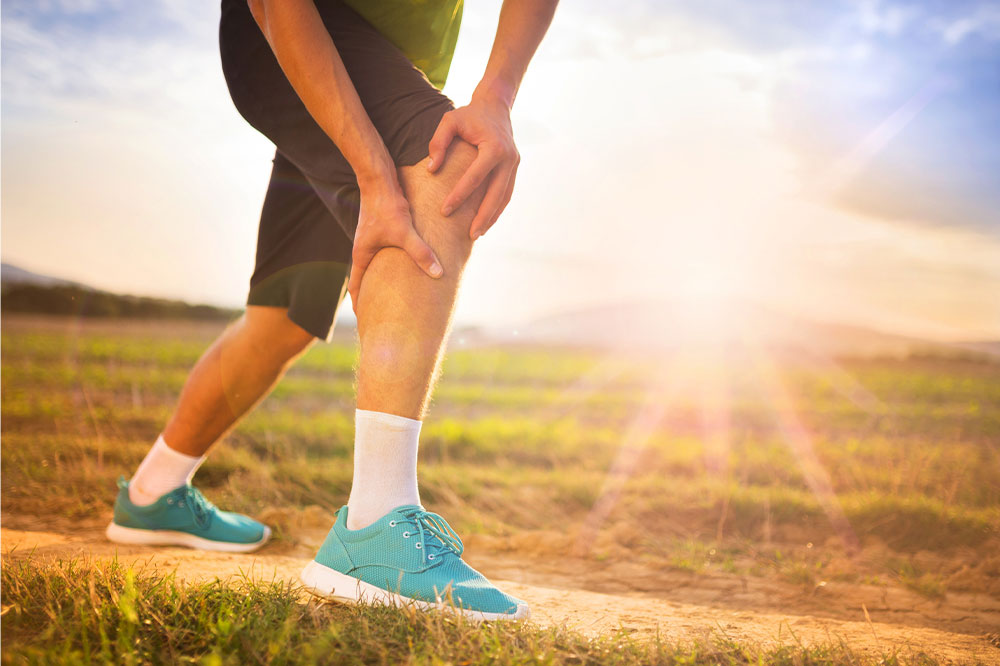Warning signs of deep vein thrombosis

Deep vein thrombosis (DVT) is a condition in which a blood clot develops in deep veins, usually in the leg. It can lead to complications such as pulmonary embolism, where a blood clot travels to the lungs and blocks blood flow, which can be fatal. Therefore, it is important to be aware of the warning signs of deep vein thrombosis so you can seek immediate help from professionals for treatment. Let’s discuss three warning signs of DVT.
Swelling
One of the most common warning signs of DVT is swelling in the affected area. This swelling is usually accompanied by pain, tenderness, and warmth in the affected leg. It can be localized (specific areas) or generalized (throughout the body), affecting the entire leg. In some cases, the affected leg may feel heavier than the unaffected leg, and you may notice that your clothes or shoes feel tighter than usual. It is essential to understand that swelling in the leg can have many causes, and not all cases of leg swelling are due to DVT.
Redness and warmth
Another warning sign of DVT is redness and warmth in the affected area. The redness may be patchy, spread, and more pronounced in the area around the clot. Redness and warmth in the leg can also have other causes, such as infection or inflammation. Still, if you have these symptoms accompanied by swelling and tenderness, seeking professional attention to rule out DVT is important.
Pain or cramps
Pain or cramps in the affected area is another warning sign of DVT. This pain may be dull and achy, or it may be sharp and sudden. It is often described as a cramp or a charley horse, and it may be worse when you walk or stand for long periods. The pain may also be more severe at night, and finding a comfortable position may be difficult. You should seek help if you have unexplained pain or cramping in your leg that is accompanied by swelling and tenderness.
Exercises to relieve DVT symptoms
- Knee jerks
Raise your knee towards your chest as you bend your leg. For a deeper stretch, wrap your arms around your knee. Repeat this exercise on the other side after holding this position for a few seconds. - Foot pumping
Rest your feet firmly on the ground. Raise your heels while keeping your feet’s balls on the ground. Hold for a short while before bringing your heels down. Keep your heels in place while lifting the feet at the balls. Hold for a short while before bringing your feet’s balls down. Repeat the process.
Awareness of deep vein thrombosis (DVT) signs and symptoms is crucial for early detection and timely treatment. Some people with DVT can experience fever, chills, and sweating. Ignoring the warning signs can lead to serious complications, including pulmonary embolism and death. It’s important to note that certain risk factors, such as increased BMI levels and prolonged immobility, can increase your chances of developing DVT.
However, maintaining a healthy lifestyle, staying active, and taking preventive measures when necessary can reduce your risk of developing this potentially life-threatening condition. If you suspect the symptoms of DVT, it is advised to immediately consult a licensed doctor at the earliest to receive prompt and appropriate treatment.







